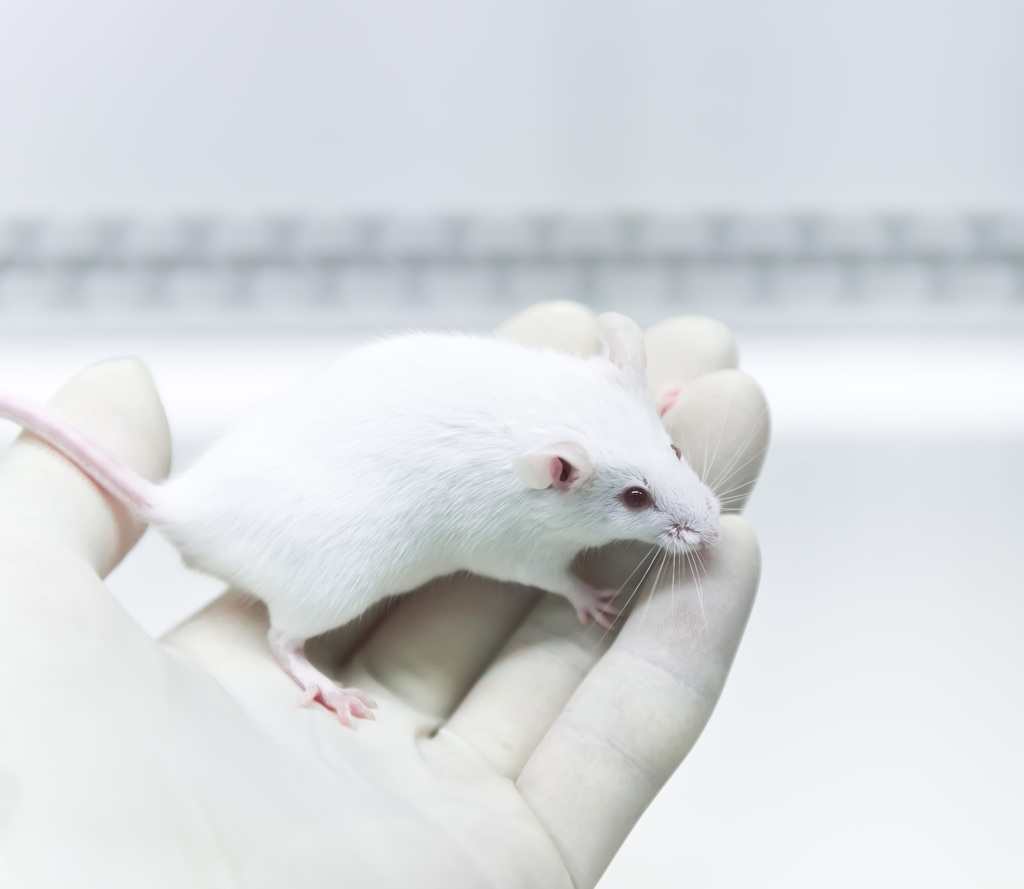Heparan Sulfate Can Collect in Some Patients’ Kidney Cells, Mouse Study Finds

Patients with Sanfilippo syndrome type C may develop an accumulation of heparan sulfate in specialized cells involved in the filtering of molecules within the kidney, among other alterations, a mouse study finds.
The study, “HGSNAT Enzyme Deficiency Results in Accumulation of Heparan Sulfate in Podocytes and Basement Membranes,” was published in the journal Histology and Histopathology.
Sanfilippo syndrome type C is caused by the impaired activity of cellular structures called lysosomes, which results from the absence of an enzyme known as Heparan Acetyl-CoA: α-glucosaminide N-acetyltransferase (HGSNAT). This leads to the accumulation of a complex sugar molecule called heparan sulfate and to severe neurological deterioration.
Prior studies have mostly focused on the brain and liver, with less being known about alterations in the kidney’s glomeruli, the organ’s small filtering units. In the kidney, heparan sulfate is found primarily in plasma cell membranes and in basement membranes — dense sheets of extracellular matrices that provide biochemical and structural support to cells.
A team from Canada’s McGill University and the Université of Montréal hypothesized that the effects of HGSNAT deficiency would be most clear in the glomeruli of the renal corpuscles — the blood-filtering components of the nephron — where basement membranes are particularly abundant. They also predicted that heparan sulfate would most likely build up in mesangial cells — specialized kidney cells located between the glomerular capillaries (tiny blood vessels).
The team used mice that lacked the Hgsnat gene, a model of Sanfilippo syndrome type C characterized by a milder disease course than seen in patients.
Different imaging techniques revealed a buildup of lysosomes in podocytes not in mesangial cells. Podocytes are cells present in the Bowman’s capsule in the kidneys that wrap around capillaries of the glomerulus. The Bowman’s capsule filters the blood and retains large molecules (such as proteins) but allows smaller molecules (like water and sugars) to be filtered and excreted in urine.
This suggests that podocytes “are primarily involved in the degradation of heparan sulfate of [the] glomerular basement membrane,” the scientists stated.
The findings also showed inconsistent thickness of the basement membrane throughout disease course, as well as a three times greater concentration of heparan sulfate in lysosomes of mice with no Hgsnat, compared to controls. This suggests that “heparan sulfate is not removed and/or processed effectively, indicative of a malfunction across the entire processing pathway,” the team stated.
Overall, the “severe pathological changes” in the kidney of these mice warrant “an examination of renal function in [Sanfilippo syndrome type C] patients,” the researchers said.






